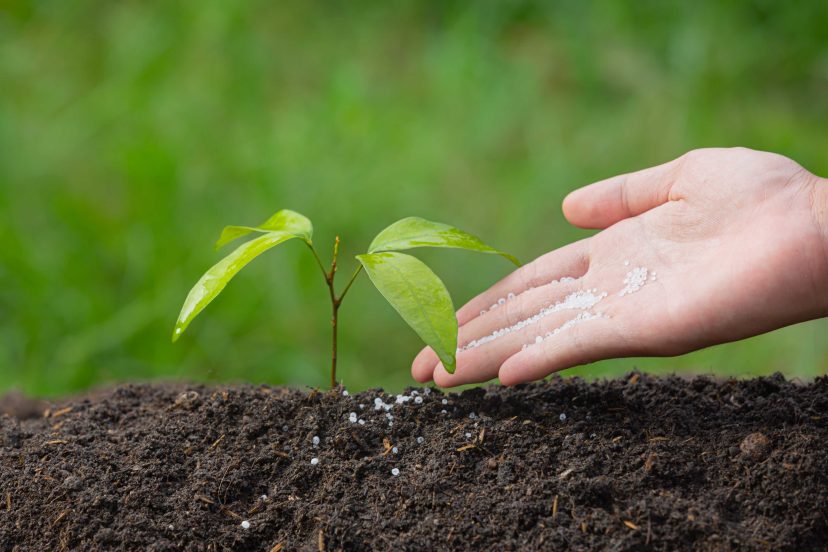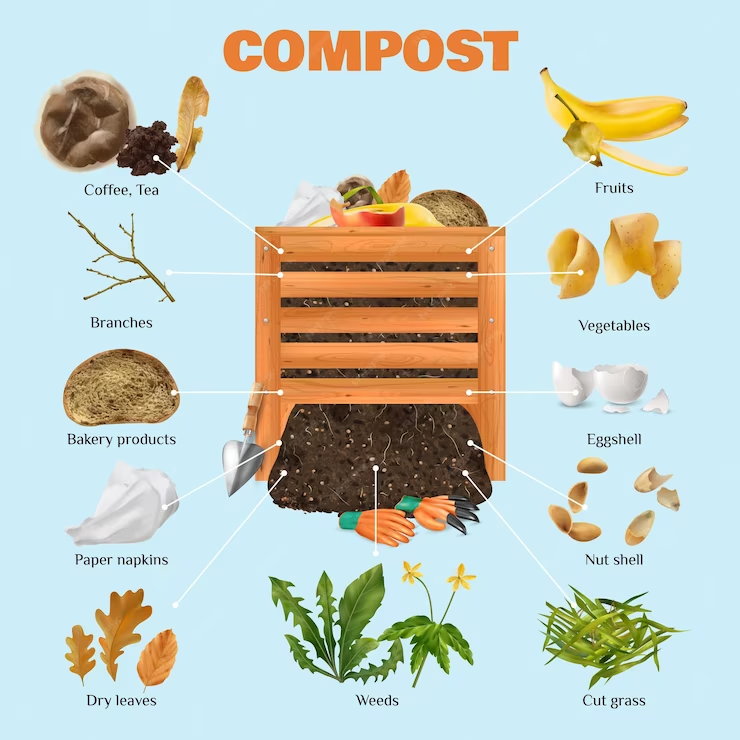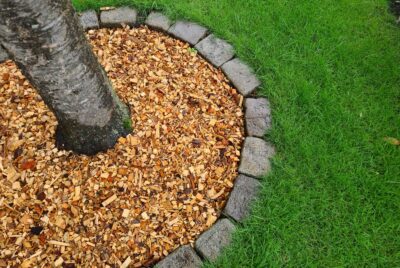10-10-10 fertilizer: All you need to know!
As a gardening enthusiast, I can’t stress enough how essential it is to understand the world of fertilizers. Whether you’re a seasoned gardener or just starting to nurture your green space, getting to know different types of fertilizers and how to use them can make a world of difference in the health and vitality of your plants. In this article, I’ll take you through the world of 10-10-10 fertilizer, one of the most commonly used fertilizers, and provide you with valuable insights on its application. So, let’s dive right in!
What Are Different Types of Fertilizers?
Before we delve into the specifics of 10-10-10 fertilizer, let’s explore the various types of fertilizers available. Fertilizers are typically categorized into three main groups: organic, inorganic (synthetic), and slow-release fertilizers.
- Organic Fertilizers: These are derived from natural sources, such as compost, animal manure, and bone meal. Organic fertilizers release nutrients slowly and improve soil structure over time. They are an excellent choice for long-term soil health.
- Inorganic (Synthetic) Fertilizers: These are chemically formulated fertilizers that provide a quick nutrient boost to plants. They come in various formulations, including 10-10-10, 20-20-20, and more. They are suitable for addressing immediate nutrient deficiencies.
- Slow-Release Fertilizers: Slow-release fertilizers deliver nutrients gradually over an extended period. These are convenient for maintaining consistent plant nutrition and reducing the need for frequent applications.
What is 10-10-10 Fertilizer?
Now, let’s focus on 10-10-10 fertilizer. The numbers 10-10-10 represent the percentage of three primary macronutrients essential for plant growth: nitrogen (N), phosphorus (P), and potassium (K). In the case of 10-10-10 fertilizer, it contains 10% nitrogen, 10% phosphorus, and 10% potassium.
- Nitrogen (N): Nitrogen is responsible for promoting healthy leaf and stem growth. It’s essential for the production of chlorophyll, which aids in photosynthesis, giving plants their lush green color.
- Phosphorus (P): Phosphorus is crucial for root development and flowering. It enhances energy transfer within the plant, supporting robust root systems and the production of vibrant blooms.
- Potassium (K): Potassium contributes to overall plant health by strengthening the plant’s immune system and improving its ability to withstand stressors like disease, drought, and extreme temperatures.
How to Apply 10-10-10 Fertilizer
Now that we’ve covered the basics let’s move on to the proper application of 10-10-10 fertilizer. Here are some guidelines to ensure you use it effectively:
- Read the Label: Always start by reading the product label!! It provides essential information on usage instructions, recommended application rates, and safety precautions. Although the application principle is similar for most fertilizers, it is always good practice to read the label before applying the fertilizer on your plants.
- Timing Matters: Apply 10-10-10 fertilizer during the growing season, typically in the spring and early summer. Avoid applying it in extreme heat or cold, as it may stress the plants.
- Measure Carefully: Accurate measurement is crucial. Use a calibrated spreader or measuring cup to distribute the fertilizer evenly. Over-application can harm your plants.
- Even Distribution: Spread the fertilizer evenly over the target area, ensuring uniform coverage. Uneven distribution may lead to uneven plant growth and nutrient deficiencies.
- Water After Application: After applying 10-10-10 fertilizer, water your plants thoroughly. This helps nutrients penetrate the soil and become readily available to the roots.
- Safety First: Wear appropriate protective gear, such as gloves and safety glasses, when handling fertilizers. Keep them out of reach of children and pets.
Why apply fertilizers?
Here are some valuable suggestions on why 10-10-10 fertilizer might be the right choice for your garden:
- Balanced Nutrients: 10-10-10 fertilizer provides an equal balance of nitrogen, phosphorus, and potassium. This balanced ratio is suitable for a wide range of plants, making it a versatile choice.
- Quick Nutrient Release: If you need to address nutrient deficiencies promptly, 10-10-10 fertilizer’s quick-release formula can provide fast results.
- Ideal for Starters: If you’re new to gardening and are unsure about your soil’s specific needs, this fertilizer can serve as a reliable, all-purpose option.
- Versatile Application: You can use 10-10-10 fertilizer for both lawns and gardens, making it a convenient choice for overall landscape maintenance.
Conclusion
In the world of gardening, knowledge is power. Understanding the different types of fertilizers and how to use them can significantly impact your plant’s health and vitality. 10-10-10 fertilizer, with its balanced ratio of essential nutrients, offers a straightforward solution for many gardeners. By following the proper application techniques and safety guidelines, you can enhance your gardening experience and enjoy the beauty of thriving plants.
FAQs
- Is 10-10-10 fertilizer suitable for all types of plants?
- While it can work for a variety of plants, some may have specific nutrient requirements. It’s essential to assess your plants’ needs and soil conditions before choosing a fertilizer.
- Can I mix 10-10-10 fertilizer with other types of fertilizers?
- It’s generally not recommended to mix fertilizers unless you have expertise in nutrient management. Mixing fertilizers can lead to imbalances and potential harm to your plants.
- How often should I apply 10-10-10 fertilizer?
- The frequency of application depends on your specific plants and soil conditions. Generally, it’s applied once every 4-6 weeks during the growing season.
- Can 10-10-10 fertilizer be used for indoor plants?
- Yes, you can use 10-10-10 fertilizer for indoor plants, but be cautious with dosage. Indoor plants usually require lower concentrations of nutrients.
- What’s the shelf life of 10-10-10 fertilizer?
- Fertilizers typically have a long shelf life, but it’s best to check the product label for specific storage recommendations. Proper storage ensures the fertilizer remains effective.





Comments are closed.